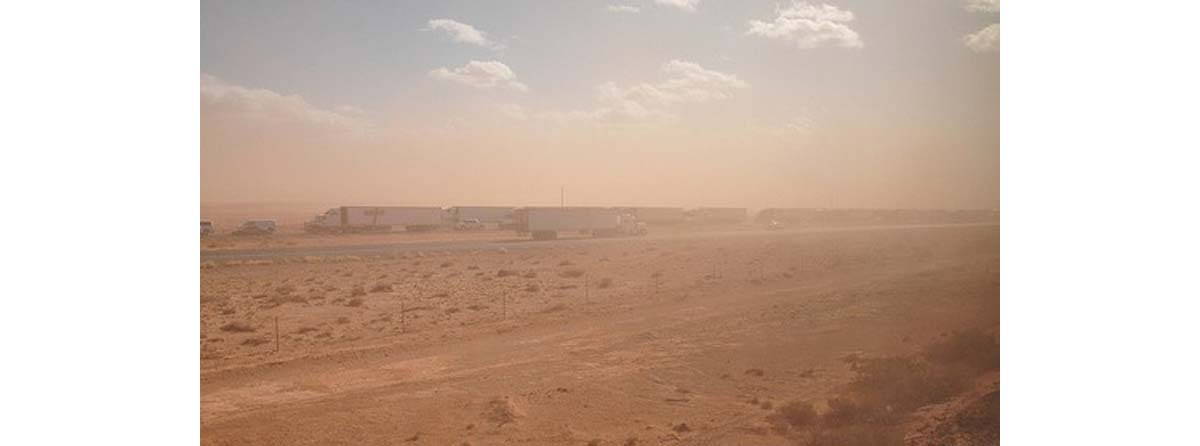Table of Contents
The disabling and sometimes deadly fungal infection called valley fever, known in the medical literature as coccidioidomycosis (kok-sid-e-oy-doh-my-KOH-sis), is spreading across the drought-prone but increasingly crowded Western United States.
It only takes one fungus spore to cause an infection with valley fever. And if you travel away from the American west after you inhale that one spore (or, more likely, hundreds or thousands of fungus spores), by the time you come down with symptoms, you may be far outside the part of the country where doctors are sufficiently familiar with the disease to diagnose it quickly.

That's why it's essential for residents and visitors to the American Southwest and northern Mexico to know the basics about valley fever, including these ten important facts.
Read More: Infection Of The Epiglottis
- Any activities that kick up dust in the desert increase the risk of acquiring coccidioidomycosis. Riding all-terrain vehicles and participating in archaeological digs are good times for breathing protection. Even a bandana, thrown into the laundry as soon as one comes home, offers some protection.
- The American Southwest isn't the only place it is possible to catch valley fever. The coccidioidomycosis fungus is also found in Paraguay, Argentina, and northern Mexico. Any place in the Western Hemisphere that has dry, alkaline, salty soils (especially soils that have dried out after irrigation), mild winters, and hot, dry summers is a potential breeding ground for the fungus.
- People in every state of the United States have been diagnosed with the disease. It is several hundred times more common, however, in California, Arizona, and Texas. When the disease occurs outside the American Southwest, it is always in people who have traveled to the American Southwest, or who have been bitten by an animal (most commonly a house cat) from the American Southwest.
- People of African or Filipino descent are more susceptible to complications of the disease. Only about 1 in 150 people of European descent develops a severe case of coccidioidomycosis, but 1 in 5 African-Americans and 1 in 3 Filipino-Americans come down with severe symptoms. Blacks are more likely to develop fungal infections of the bone and Filipinos are more likely to develop meningitis.
- Hispanics and Native Americans, however, are more likely to die of the disease. The infection also leads to death in people whose immune systems have been compromised by HIV or by treatments for cancer or autoimmune disease.
- Many people aren't diagnosed with valley fever before the disease spreads to their central nervous systems. When the fungus spreads to the brain, antifungal medications may prevent death, but they do not counteract severe, debilitating fatigue.
- People who take the kinds of antifungal medications that combat valley fever usually cannot drink alcohol. Taking a single drink can "knock out" a patient who is on the antifungals.
- People who suffer neurological complications of valley fever are prone to strokes and seizures. Sometimes the first manifestation of the infection is a stroke or seizure.
- People who have diabetes are especially at risk for coccidioidomycosis. Inside the body, the fungus functions as yeast, feeding on blood sugars.
- Valley fever strikes 25 times as many people as West Nile virus, but the National Institutes of Health provides 25 times as much research funding for West Nile virus. Encourage your representative in Congress to fund valley fever research.
- Crum NF, Lederman ER, Stafford CM, Parrish JS, Wallace MR. Coccidioidomycosis: a descriptive survey of a reemerging disease. Clinical characteristics and current controversies. Medicine (Baltimore). 2004 May. 83(3):149-75.
- Photo courtesy of Michael Swigart by Flickr : www.flickr.com/photos/swigart/361047082/
- Photo courtesy of Ryan Stavely by Flickr : www.flickr.com/photos/rstavely/4782523141/


Your thoughts on this